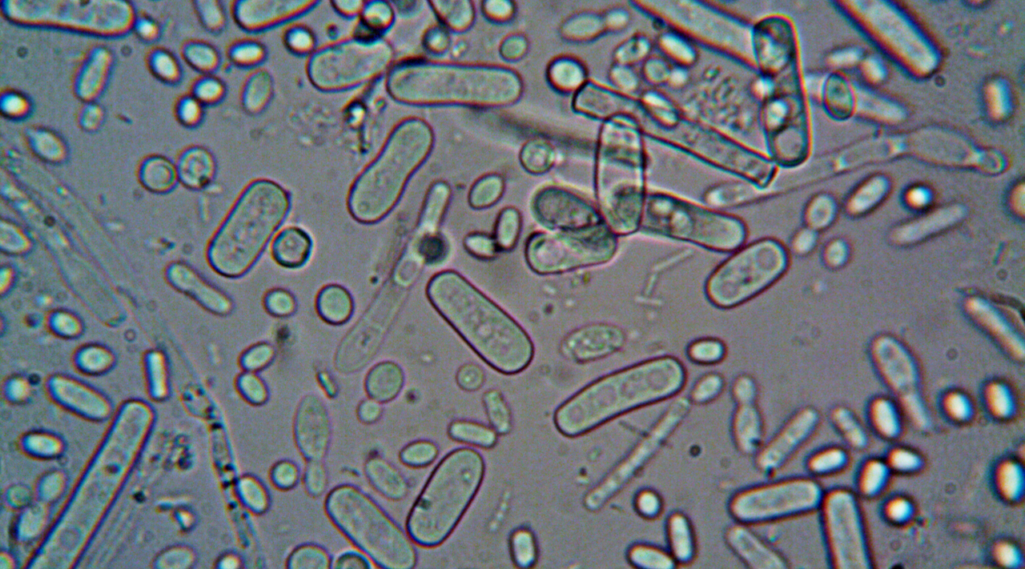
Clarice Aiello is Assistant Professor at the University of California at Los Angeles (UCLA) and a researcher at the Quantum Biology Tech (QuBiT) Lab, where she studies quantum measurements on “living sensors,” such as proteins, cells and microorganisms, to understand how they interact with their environment. She is one of the authors of the article “Quantum sensing in a warm, noisy environment: Understanding spin-mediated effects in biological materials”, published in the Bulletin of the American Physical Society, in 2021.
Abstract: Evidence suggests that cellular interactions with magnetic fields (MFs) might be more widespread and impactful for physiology than previously assumed. The leading model to explain MF biosensing is rooted in the fact that MFs can alter the products of light-dependent chemical reactions involving spin-correlated radical pairs (RP). These reactions have been observed e.g. in cryptochrome (CRY), a photoreceptor protein that has been linked with magnetosensitivity in multiple organisms. This research aims to explore multiple aspects of this RP quantum phenomena in CRY at the nanoscale. Our goal is to confirm both the RP mechanism and CRY’s ability to accurately sense a variety of magnetic field strengths and orientations. We will present advances in the building of a Lattice Light Sheet (LLS) microscope with magnetic excitation capabilities, with the advantage of low phototoxicity. In addition to developing the microscope, we aim to program automatic “coherent control” experimental sequences with ns time resolution to resolve these quantum spin effects. We will then study CRY-mediated effects in vivo and investigate the biophysical mechanisms of cellular interaction with MFs and thus open the possibility of mastering metabolic functions via the control of magnetic-responsive pathways.
Authors: Samuel Vizvary, Ana Valdes-Curiel, Clarice Aiello, Lucus Ginsberg.
Share